The traditional water mills in the Nistoresti and Spulber localities, currently at the Village Museum in Crangul Petresti, the eastern County of Vrancea, were restored and inaugurated for the public on Sunday, on the occasion of the third edition of the Vrancea Village Days.
"We intend to renovate all technical installations at the Ethnography Section of the Vrancea Museum, known as the Village Museum. We want these installations in the Village Museum to be transformed from simple exhibition models into functional installations, with the help of which our children and grandchildren can understand how clothes, shirts, folk costumes, earrings were produced in the Archaic Vrancea. We have two spinning mills, two technical installations from Nistoresti, one from Spulber, whose wheels we have already renovated, we have the saw (with several straight, vertical blades, operating with a reciprocating motion, being actuated by the force of running water through a wheel) from Tulnici - Lepsa, the windmill from Milcovului Valley and the mill from Bolotesti. We also renovated the mill (or darsta, a rudimentary large sink operated by running water, in which the dimia (thick woolen white fabric, used in making peasant clothes), is hit with the help of wooden mallets) in Nistoresti, where we will continue with the inner part of this gear, that cylinder where the earrings were inserted to fix the colours. We have already made the whirlwinds on the outside, the driving part of the installation. These days we receive from Nereju the two spinning mill wheels, which we will mount to give the possibility to all those who visit us to see, live, how these installations used to work," Vrancea Museum manager Valentin Musca told AGERPRERS.
According to the manager, the biggest challenge for renovating these traditional tourist attractions was to find folk craftsmen who knew how to work with the techniques and materials of yesteryear.
The two water mills used by Vrancea people over the centuries were rebuilt with the help of local craftsmen, but also with the involvement of the mayors of Spulber and Nistoresti. Sorinel Vulcan and Teodor Dobre, respectively, agerpres reports.
People remember that, in the old days, their grandparents, their parents still worked in the mill, but over time, times have changed, women no longer weave at home, they buy other types of bed coverings instead of making the old richly ornamented woolen blankets (cerga).
Another renovated objective is the Paltin - Spulber Mill, which dates back to the 19th century and was previously owned by Ion Neagu. Now, the mill wheels were made by the folk craftsman Enache Manole. The mill was reassembled in the Ethnography Section of the Vrancea Museum, in the complex with a sumane (long thick richly-ornamented peasant knee-length coat) cloth threshing mill, is a mill with a medium wheel, located on the pond, like all hydraulic installations in Vrancea. The construction has two levels, the lower level that houses the mill gear and the mill's installation and the upper level, where the mill chimney and the sack storage are located.
Part of the Vrancea Museum, the Ethnography Department was opened in 1977, being located in Crangul Petresti near Focsani city. The section includes 73 authentic buildings grouped in 32 complexes with over 6,000 items. The technology of processing cereal products is illustrated with the help of grinding installations, respectively water mills and windmills. Other techniques cover the viticultural economy in the vineyard area and are illustrated in detail by the tools and winemaking installations set up in the monument winery at Cotesti, dated by an inscription from 1859. The second sector represents a synthesis of the traditional types of households and constructions in the main localities from the Valleys of Putna, Zabala, Milcovului, Susita, Ramnicului and Siretului.

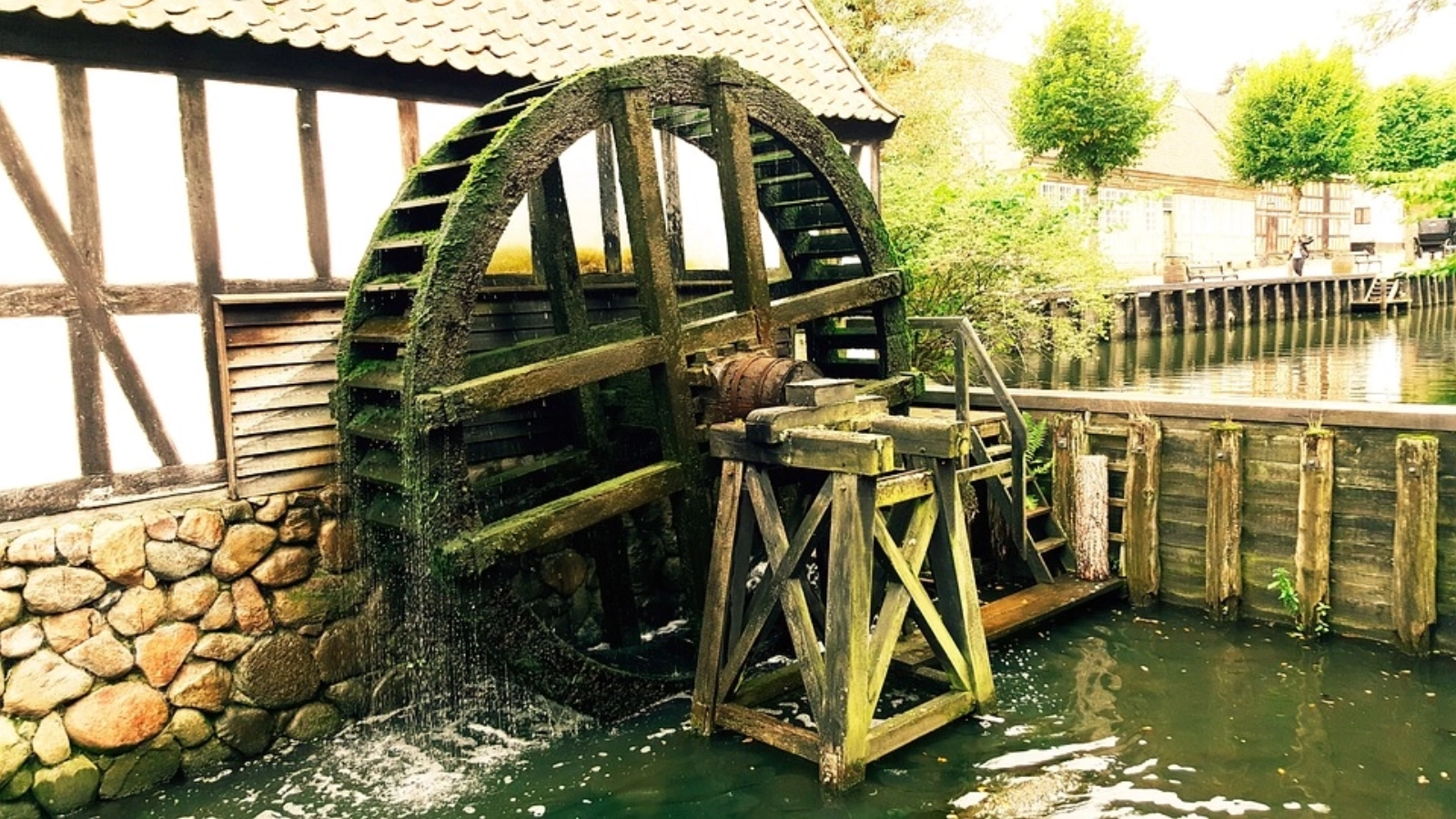



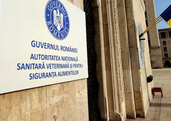

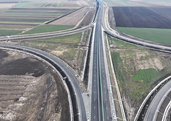
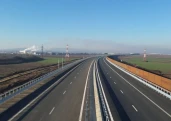











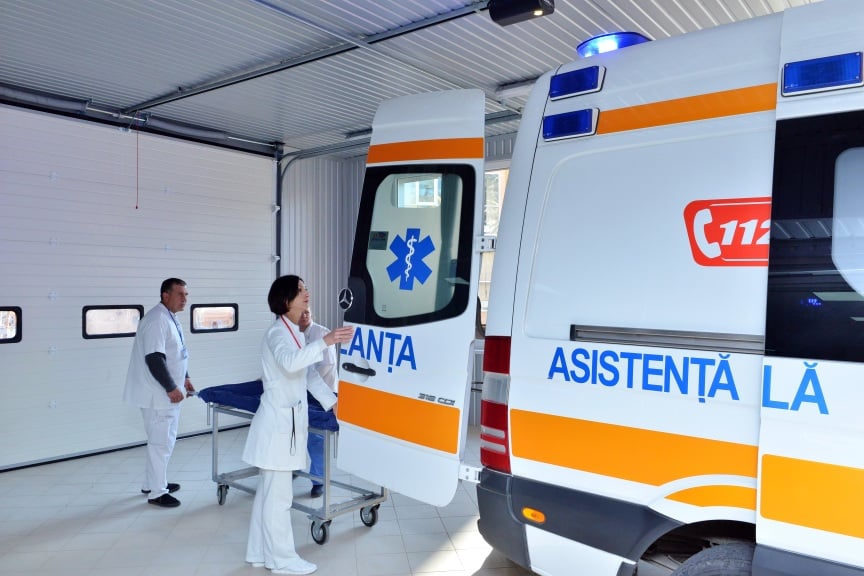
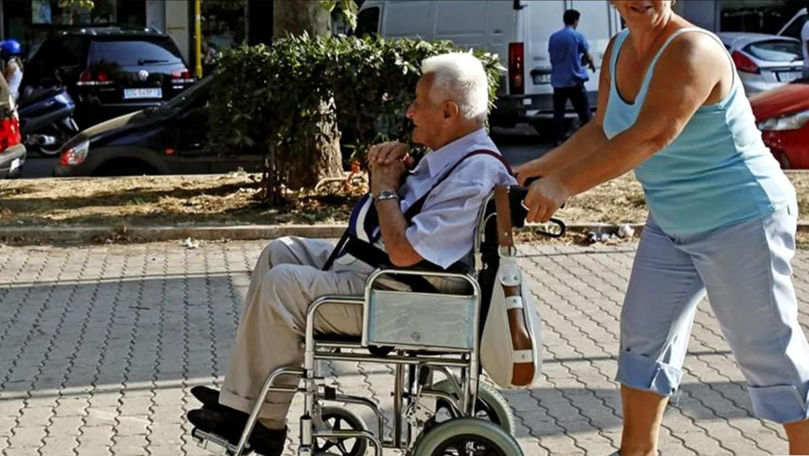










Comentează